The formal application to move forward with the development of a block-long, 5-story laboratory building on the western side of De Haro, from 15th to 16th Streets, has been filed with Planning.
As we outlined earlier this year, the shuttered World Gym and office building on the 250 De Haro Street site would be razed in order to make way for the development. And as newly rendered by OTJ Architects for Aralon Properties, the proposed development would rise up to 68 feet in height upon the Design District site and yield 180,000 square feet of open “lab” space, along with a basement garage for 99 cars (which is down from 130 as preliminarily proposed), a 7,000-square-foot roof deck for the building’s tenants and a 3,500-square-foot retail space along 16th Street.
Keep in mind that the site is zoned PDR (Production, Distribution and Repair), which prohibits general office and commercial developments. And as noted by Planning after their review of the draft plans for the project, which is becoming a common refrain: “The Project proposes substantial laboratory space, but the drawings submitted do not yet show the building facilities, equipment and features that distinguish laboratory space from space designed for office or other general commercial uses.”
As such, a typical “lab bench layout” has been added to the architectural plans while the structural, mechanical, and life safety systems that are typical of actual lab developments “will continue to be refined in future iterations [to] demonstrate that the project is indeed designed for lab use,” per the project team.
We’ll keep you posted and plugged-in.
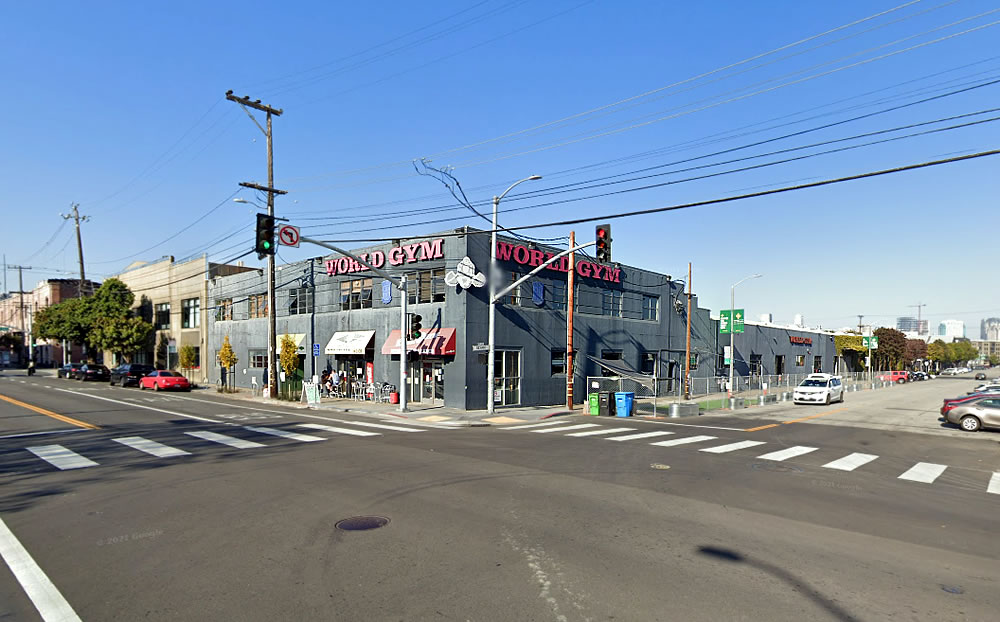
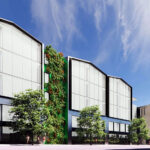
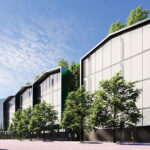
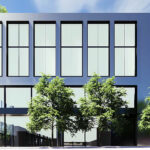
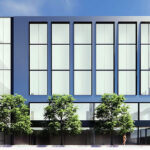
Why does the city have so much space that is zoned for lab space but not for housing? We have a huge shortage of housing. I’m not aware of any crisis of lack of lab space here.
This location is easy walking distance to caltrain and a grocery store.
It’s a loophole in the PDR regulations. Lab space counts as PDR. Office space does not.
Lab space is the new “creative” office space.
The housing crisis has little to do with the percentage area of the city zoned for residential. There is far, far more of the area of the city zoned residential than for office or lab space. But, look at how residential projects take years to go through the approval and permitting process, how they are incredibly expensive to build, routinely get fought by neighbors or certain organizations, or get stonewalled by Planning or even the Board of Supervisors.
Exactly. This is why Oakland is producing double the number of new housing units than is SF. Oakland 3168 this year and SF just 1521. With many new projects moving forward in Oakland and not so much in SF that housing production gap will widen in coming years.
There were around 15,000 units of housing that were either permitted to be built or already under construction in San Francisco at the beginning of this year, along with another 12,000 units for which building permits had been requested or approved but not yet issued.
To be more specific, and this is from the SF Business Times, the figures are for the number of units actually opening in 2021: The SF Business Times is reporting on under construction units and not permitted units which may or may not end up getting built.
“In San Francisco proper, 1,521 new units are set to open this year compared with Oakland’s 3,168. Fremont is delivering 1,185 new units this year, Redwood City has 469 and Burlingame is producing 400. In San Jose proper, more than 2,175 apartments will open by the end of 2021”.
While tempting, we’d strongly caution against drawing such definitive conclusions (“that housing production gap will widen in coming years”) based on an atypical year and without an understanding of the overall pipelines and stages of development. For example, permitted units (i.e., projects for which permits have been (1) requested, (2) approved and (3) issued) are more than likely to be built.
My guess is that the developer is not trying to finesse this as being lab space while intending to have it be office/commercial space. There’s no market for new office space in SF with almost 18 million feet of empty space and counting. Lab space avoids housing mandates though, as lab space becomes the only game in town, I expect the City will mandate inclusionary housing for lab space projects. Possibly a Prop M type limitation on the amount of lab space that can be approved each year.
That said, lab space is hot. 4 or 5 million feet of such have been proposed in SSF and the upper Peninsula in just the past several months. Including massive lab/biotech developments along El Camino Real. A growing spillover of biotech to Berkeley, Emeryville and Oakland is underway with those cities aggressively pursuing the industry.
SF is not as desirable for biotech companies but there is enough demand that the City can capture a bit of the action. It would be the wise way to go in order to attract new high paying jobs to the City.
Cool! Maybe we can get some disruptive, loosely-regulated pangolin-virus gain-of-function facilities to replace the bakeries and contractor shops that posed such a grave environmental threat to our children.
Oh, my hon, we can count on you for the conspiracy theories. Hope you and “Q” are doing well.
And we can count on you for condescending, gaslighting classism.
Why is attracting more rich people here a goal? We need fewer high end jobs, not more.
Dylan: what you’re calling out is a goal for a certain large segment of this site’s readership, namely those who make their living by inflating the price of housing.
Flippers, developers, and other hangers-on in the real estate “game” want more wealthy people to be attracted to S.F. because those people will presumably pay higher prices for property than those who are already living and working here (and nevermind those who were born or grew up here). Those higher prices mean higher revenue in terms of selling prices and commissions due to the crowd that is is the business of real estate. If people already here get priced out, that isn’t a problem for those in the real estate “game” because many of them are from elsewhere and only arrived here to take part in the real estate “game”, make a lot of money in the short term and then depart with their “winnings” to Texas or Florida.
I have asked this a few times and never got a response: If the flippers, developers, and sometimes mentioned agents are all just “hangers on” in the “game”, who are the pillars? who is not a hanger on?
Oh god, I hate this notion that because you were born in S.F. that it gives you some sort of inalienable right to stay here your entire life. Or that it somehow makes your opinion more valuable or more worthy of attention. It doesn’t.
You hit the nail right on the head. Talk about narcissism.
I agree Fishchum. It’s a tale as old as time. In fact I would’ve called the Trail of Tears the Happy-Go-West Fun Parade.
It’s clear you’re not listening to yourself. Wouldn’t we want more high paying, “higher end” jobs? We definitely don’t want lower end jobs… I think you’re maybe asserting that we want to retain people with lower paying jobs, not avoid creating better paying ones. Either way it’s a silly sounding assertion; even if your making it in support of affordable housing.
Fewer high end jobs has worked out great for Detroit and Cleveland!